Remember when the first Smart Fortwo came out? You’d often see the little things whizzing along in the outside lane of the motorway, their drivers proving that their tiny two-door hatch could mix it with bigger and faster machinery.
When its successor arrived in 2007, it shrugged off that particular chip and settled down. It might have had something to do with the fact that it was now a little bigger and wider but also that other, more conventional rivals had come on the scene that were better to drive.
Still, those rivals didn’t have the Smart’s trademark Tridion safety cell with plastic body panels, its unusual two-seat layout and its rear-mounted engine. Then there was the brand’s association with Mercedes-Benz, plus a sporty Brabus version.
The Mk2 Fortwo of 2007-14 may be larger than its predecessor but it doesn’t look much different, so to tell them apart look at their headlights. The Mk1 has what Smart web expert Evilution describes as ‘peanut’ headlights, whereas the Mk2 has ‘cashew’ headlights. For the record, it likens the shape of the headlights on the Mk3 to hazelnuts.
The Mk2 Fortwo has been chosen for our buying guide treatment because it’s more reliable than the Mk1, plentiful and reasonably good value for money. If you need more space, there’s the bigger Forfour but it’s more mainstream and less accomplished than rivals. So the Mk2 Fortwo it is. It was launched in 2007 in a choice of two-door coupé or cabriolet bodystyles and facelifted in 2011 when, among other things, it gained a new instrument cluster and circular air vents.
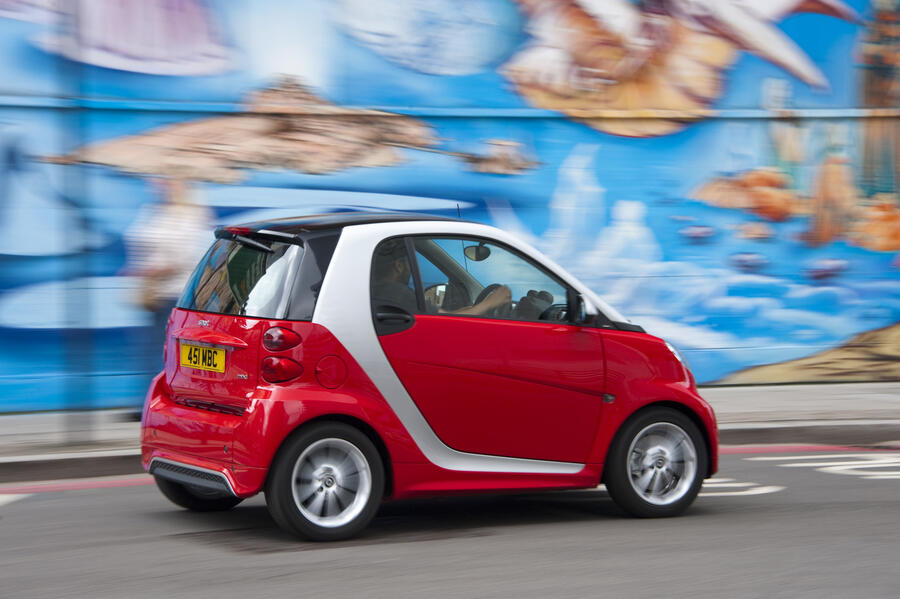
Power comes from a 0.8-litre Mercedes diesel, which produces a paltry 54bhp, or a choice of four 1.0-litre Mitsubishi petrols. The first two produce just 60bhp and 70bhp. The latter engine arrived in 2008 and is badged MHD for ‘micro hybrid drive’. It has a stop/start system using a belt-driven starter-generator for better fuel economy. However, it can be troublesome and mechanics recommend avoiding it. Instead, they favour the more reliable and powerful turbocharged 1.0-litre engine that produces 83bhp. The Brabus version has 101bhp, as well as stiffer suspension, but it’s expensive. All engines are paired with an automated manual gearbox.
There’s also an electric Fortwo. It’s very rare, but with prices from around £9000 for a 2014-reg example with low mileage, it could be worth seeking out if you live in the city and fancy owning your first EV.
Core trims are Pure, Pulse and Passion. Pure is cheap but spartan. Pulse brings flappy paddles, alloy wheels, a panoramic sunroof and electric windows, but most of them have the MHD engine. For the more powerful and reliable turbo motor, you need to step up to Passion trim, which also brings air conditioning.
Specialist Smart Tecnic has a useful technical guide that makes the point that while Smarts are generally tough and capable of high mileage, they suffer for being serviced by garages that don’t know them. It provides plenty of evidence to back up its claim. Study it before you go shopping for your Fortwo.






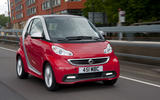
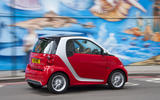
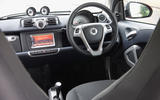
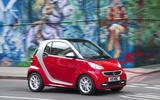

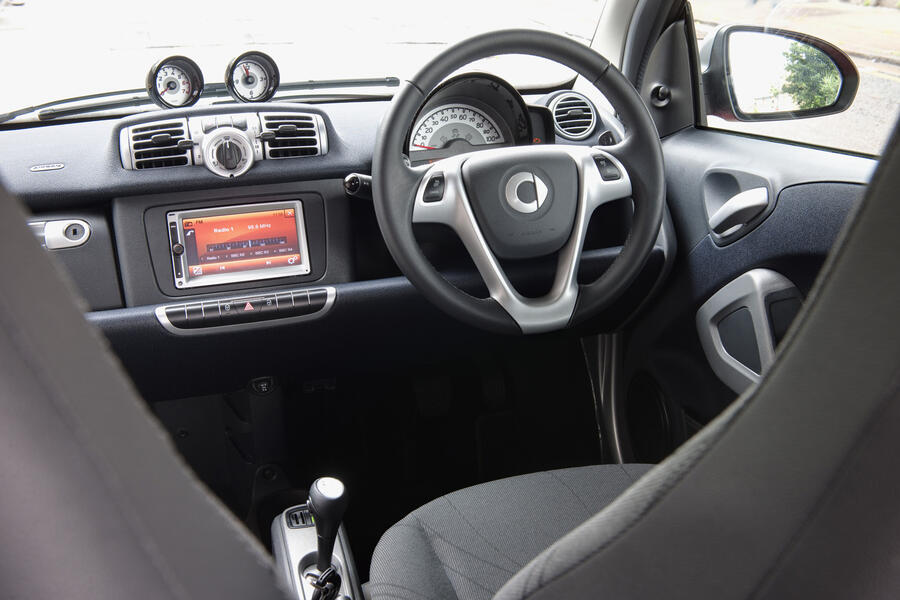
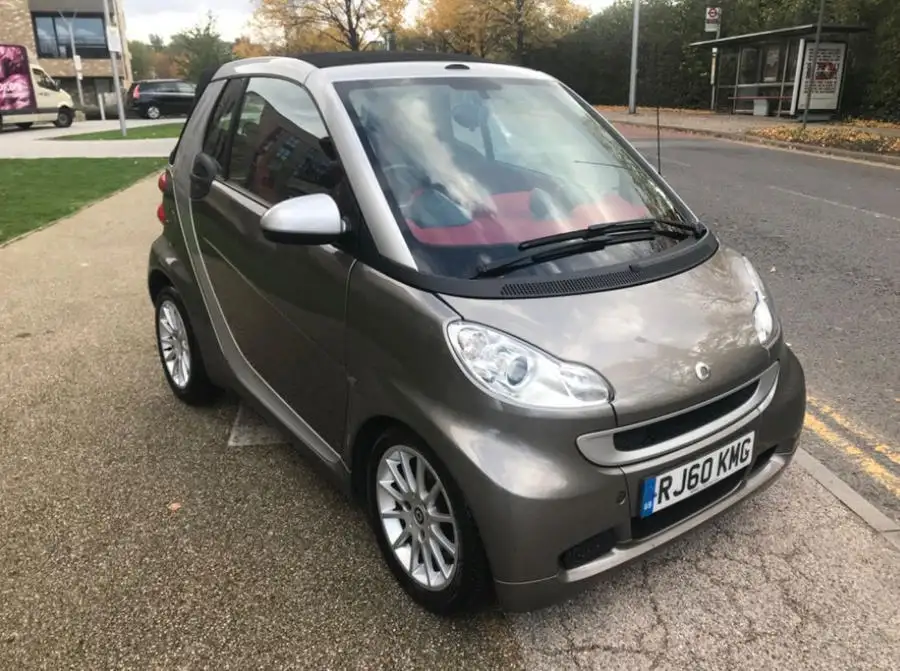

Add your comment